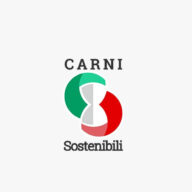
FAO’s role in livestock and the environment
Growing populations, rising affluence and urbanization are translating into increased demand for livestock products, particularly in developing countries. Global demand is projected to increase by 70 percent to feed a population estimated to reach 9.6 billion by 2050.
Much of the growth in demand is being supplied through rapidly expanding modern forms of intensive livestock production, but traditional systems continue to exist in parallel.
Demand growth thus also presents opportunities for an estimated 1 billion poor that depend on livestock for food and income.
Whilst the sector provides high value food and many other economic and social functions, its resource use implications are large.
The livestock sector is the world’s largest user of agricultural land, through grazing and the use of feed crops.
It also plays a major role in climate change, management of land and water, and biodiversity.
The natural resources that sustain agriculture, such as land and water, are becoming scarcer and are increasingly threatened by degradation and climate change.
FAO facilitates the sustainable development of the livestock which contributes to food security and poverty alleviation, while reducing its environmental footprint and resource use.
See more at Fao.org





